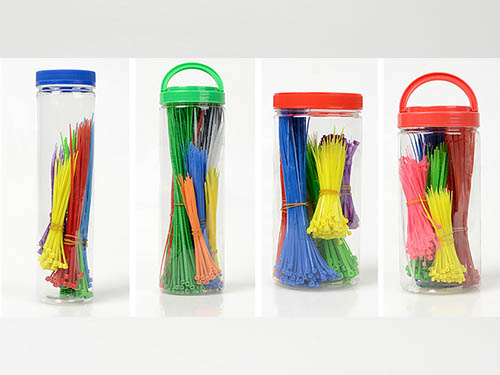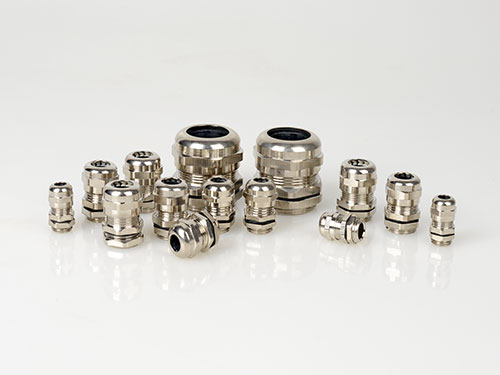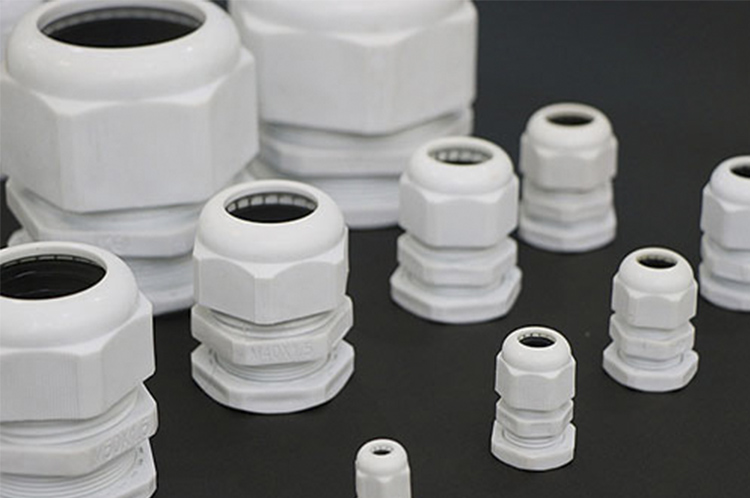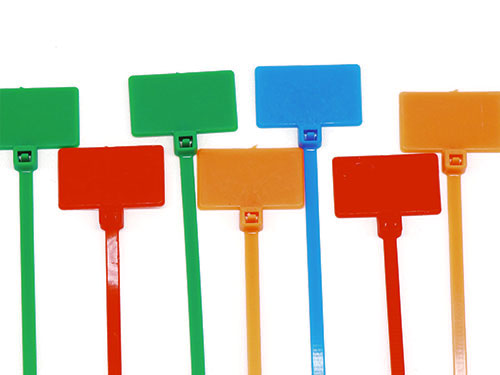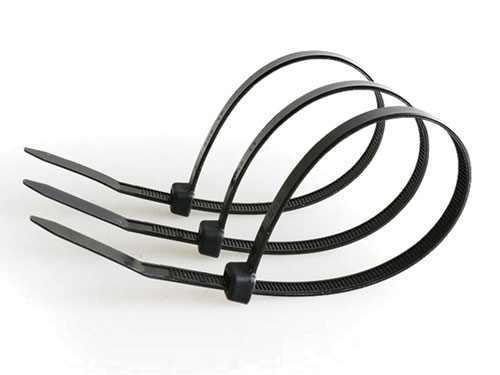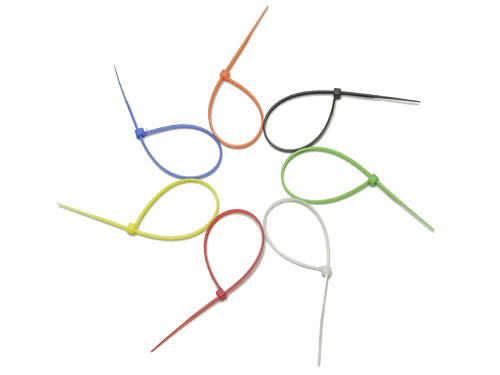How To Use Nylon Cable Ties?
Nylon coils are a versatile and useful tool used in a wide variety of applications, from electrical work to everyday life. The following is a detailed guide on how to use nylon coils.
1. Selecting the right Nylon Cable Ties
Before you start using it, you first need to choose the right Nylon Cable Ties. Depending on your needs, you can choose Cable Ties of different sizes and models. For example, if you need to use it for fixing cables or pipes, you can choose specially designed nylon sheathed wire.
2. Preparation
Before installing Cable Ties, make sure all parts are clean and free of grease, and prepare them according to the product instructions. For electrical applications, you also need to make sure that the insulation heat resistance of the ties meets the requirements to prevent damage caused by high temperature.
3. Mounting Procedure
- Fixing position: Determine the mounting position of the nylon ties, usually near the object to be fixed or protected.
- Wrap the ties: Wrap the nylon ties around the target object. For cables or pipes, the close-winding method can be used, i.e., several turns of close-winding on the nylon skeleton, and then set on the magnetic bar.
- Adjustment of length: Adjust the length of the nylon cable ties as needed. For inter-assembled nylon coil zippers, the inner connecting zipper should be shorter than the outer connecting zipper, with a length between 0.3cm and 0.5cm to ensure better assembly.
- Fixed structure: For applications requiring a fixed structure, a loop of nylon rope can be wrapped around the nylon cable ties and the cut grooves can be sealed with asphalt or soft resin for added protection.
4. Tips for Using Nylon Ties
When using nylon cable ties to bind wires, you can braid the wires into bundles so that they do not cross or tangle.
When using nylon cable ties to secure pipes, you can secure the ties in the middle of the pipe so that the pipe does not move or break.
When using nylon ties to organize wires, the wires can be braided into bundles and then secured with the ties to avoid confusion or breakage of the wires.
5. Caution
Avoid overstretching: Do not overstretch the nylon cable ties to avoid damage.
Keep clean: Check the condition of the nylon cable ties regularly to ensure that they are clean and free of oil, and replace worn or damaged parts in a timely manner.
Match the specification: Make sure that the nylon cable ties selected matches the size and specification of the target object to achieve the best results.
6. Application Examples
Electrical engineering: In electrical engineering, nylon cable ties can be used to secure cables or pipes, providing extra protection and support.
Home Decoration: In home decoration, nylon cable ties can be used to fix curtains, lamps, etc., which is both beautiful and practical.
Industrial application: In the industrial field, nylon cable ties can be used to fix mechanical parts, electrical equipment, etc. to improve the stability and safety of the overall structure.
With the above steps and precautions, you can flexibly utilize nylon cable ties to solve various practical problems. Whether in electrical engineering, home decoration or industrial applications, nylon cable ties can play an important role in helping you achieve efficient and stable fixing and protection.

